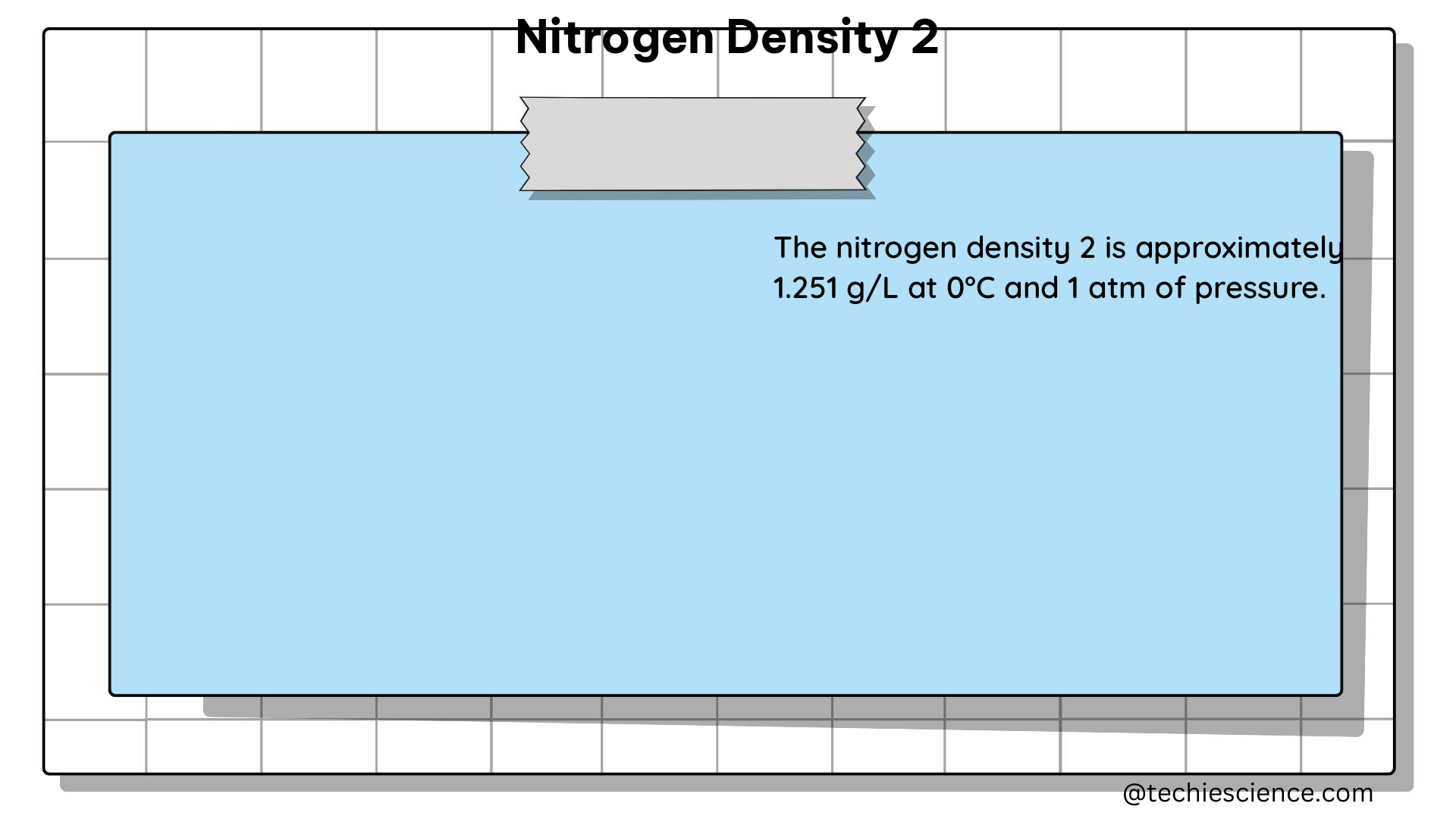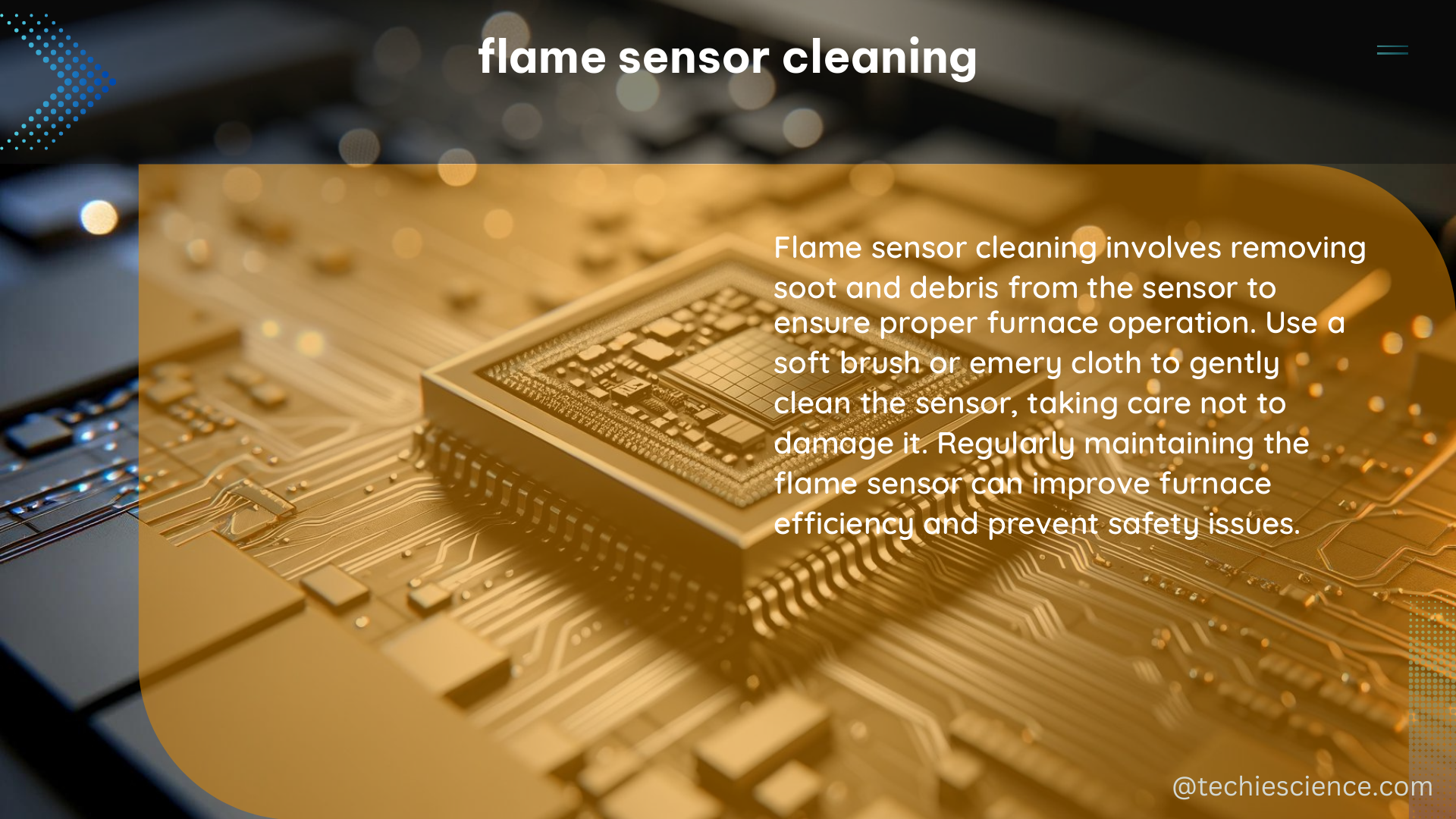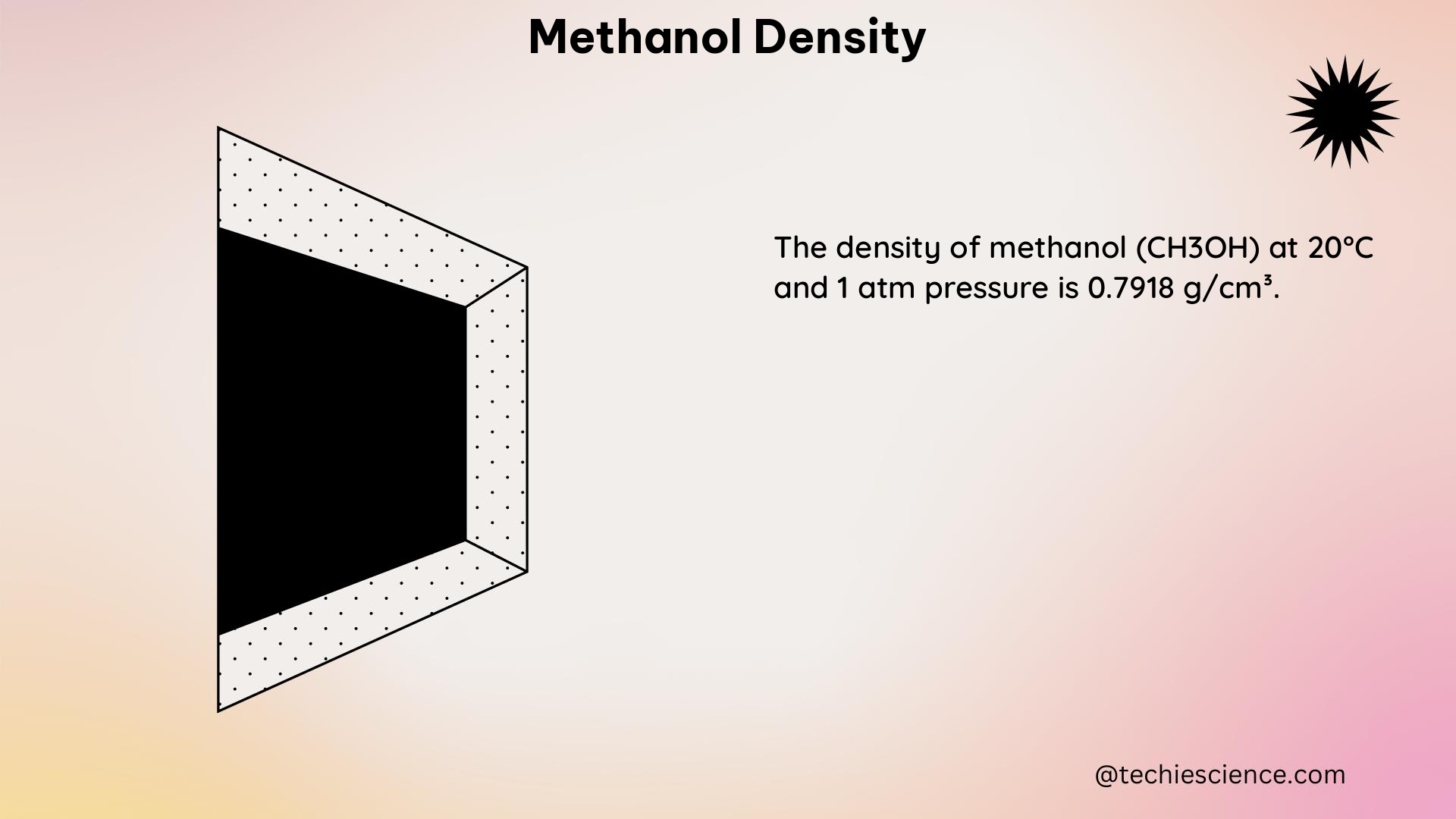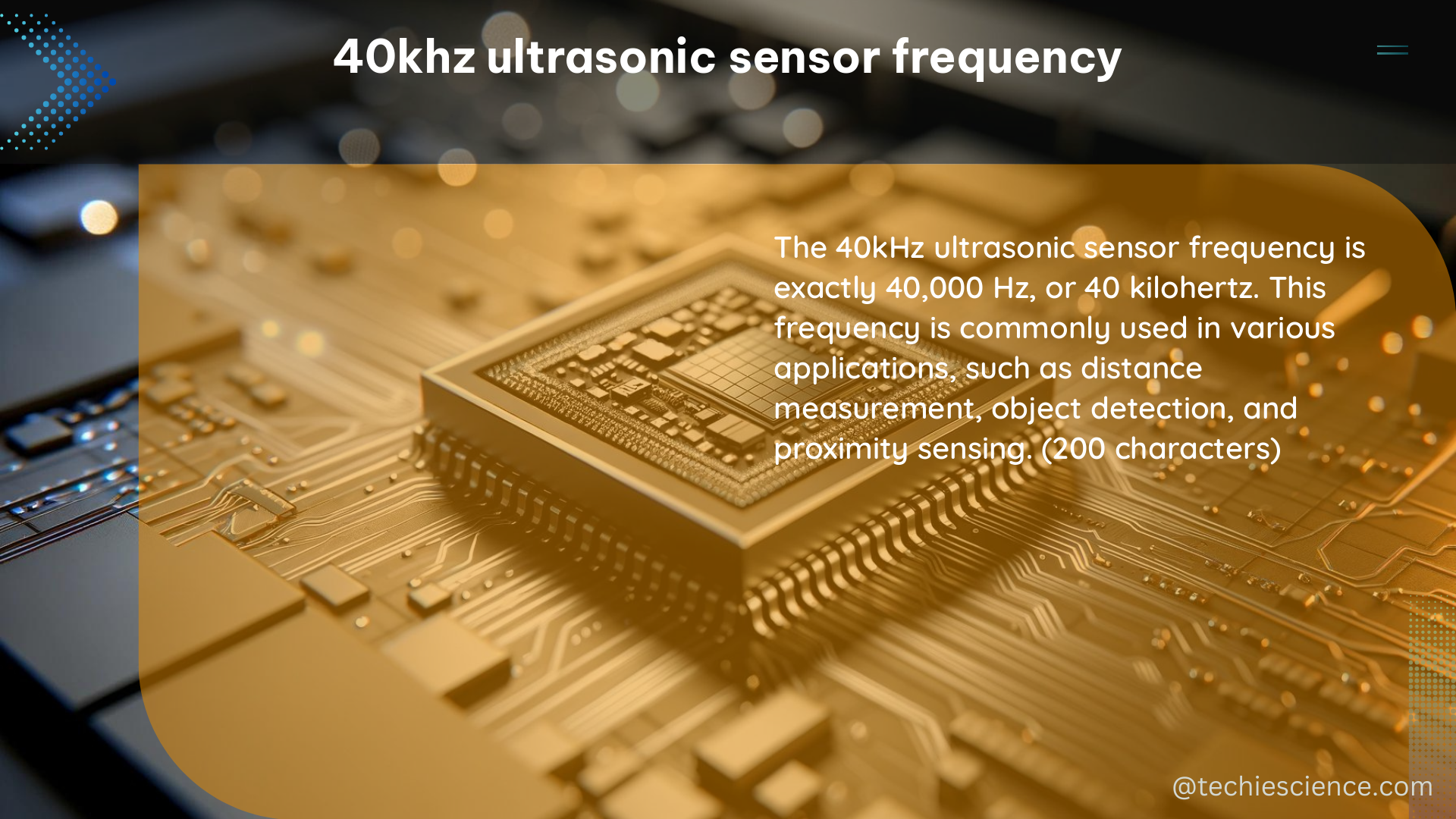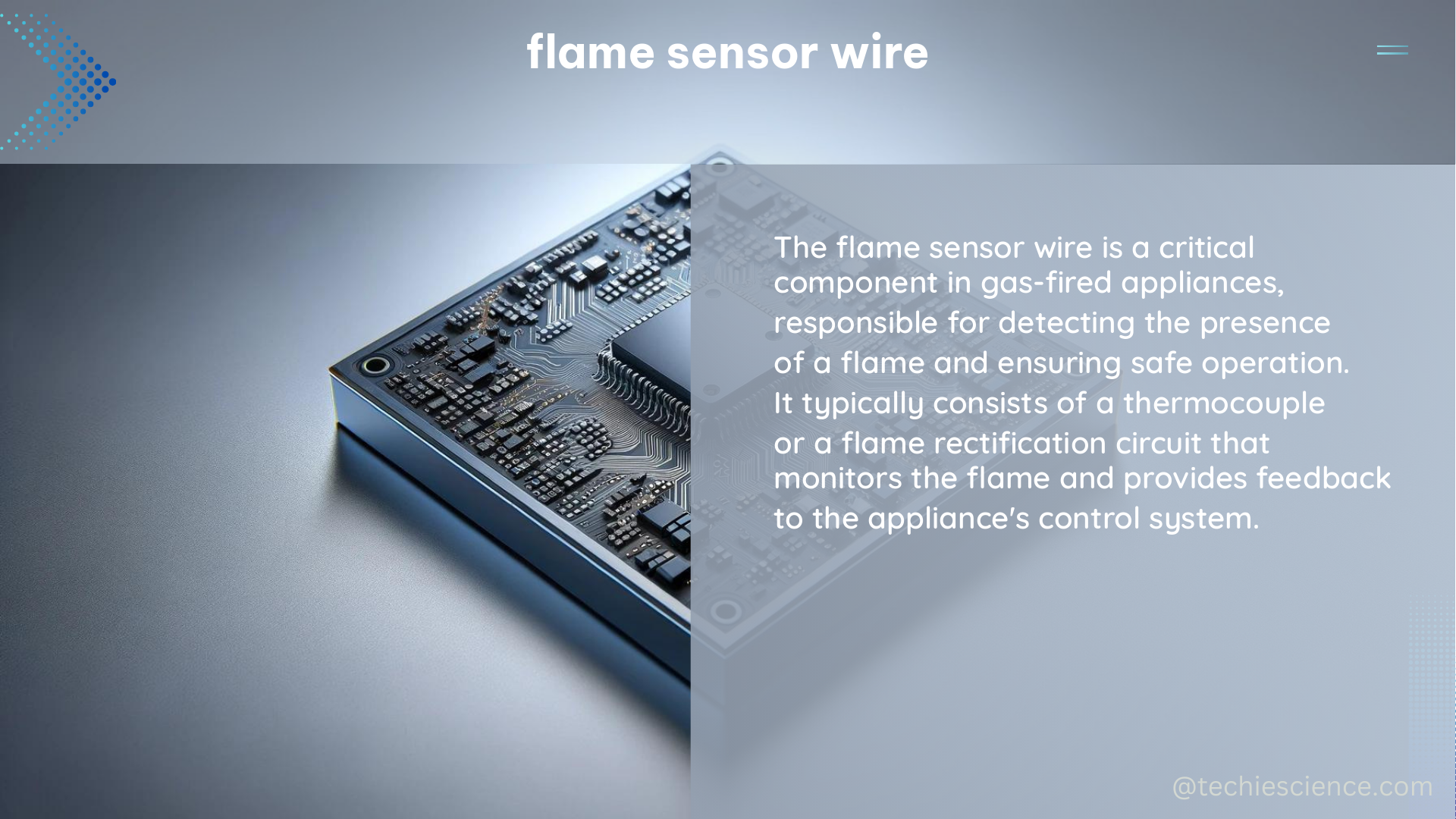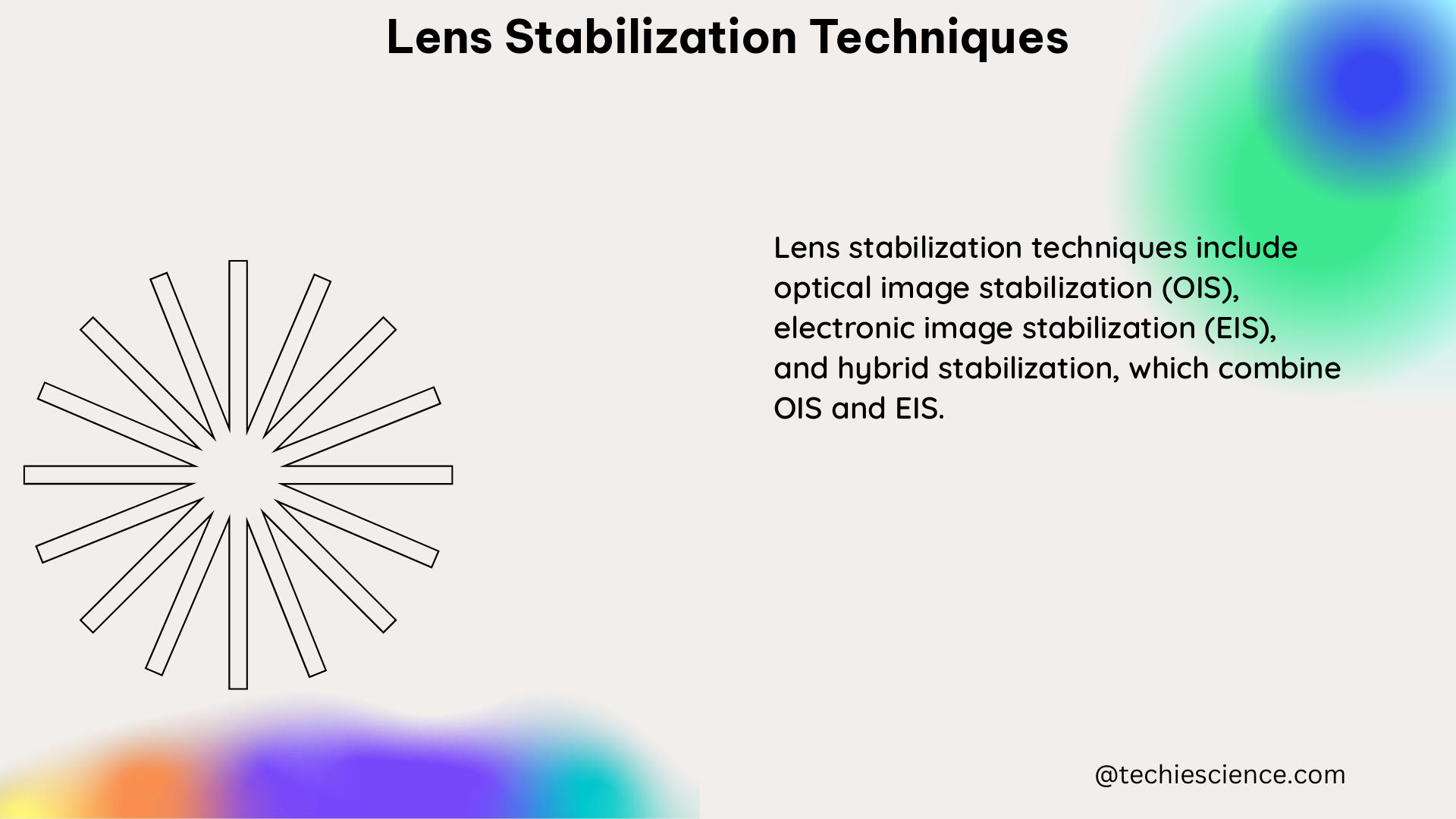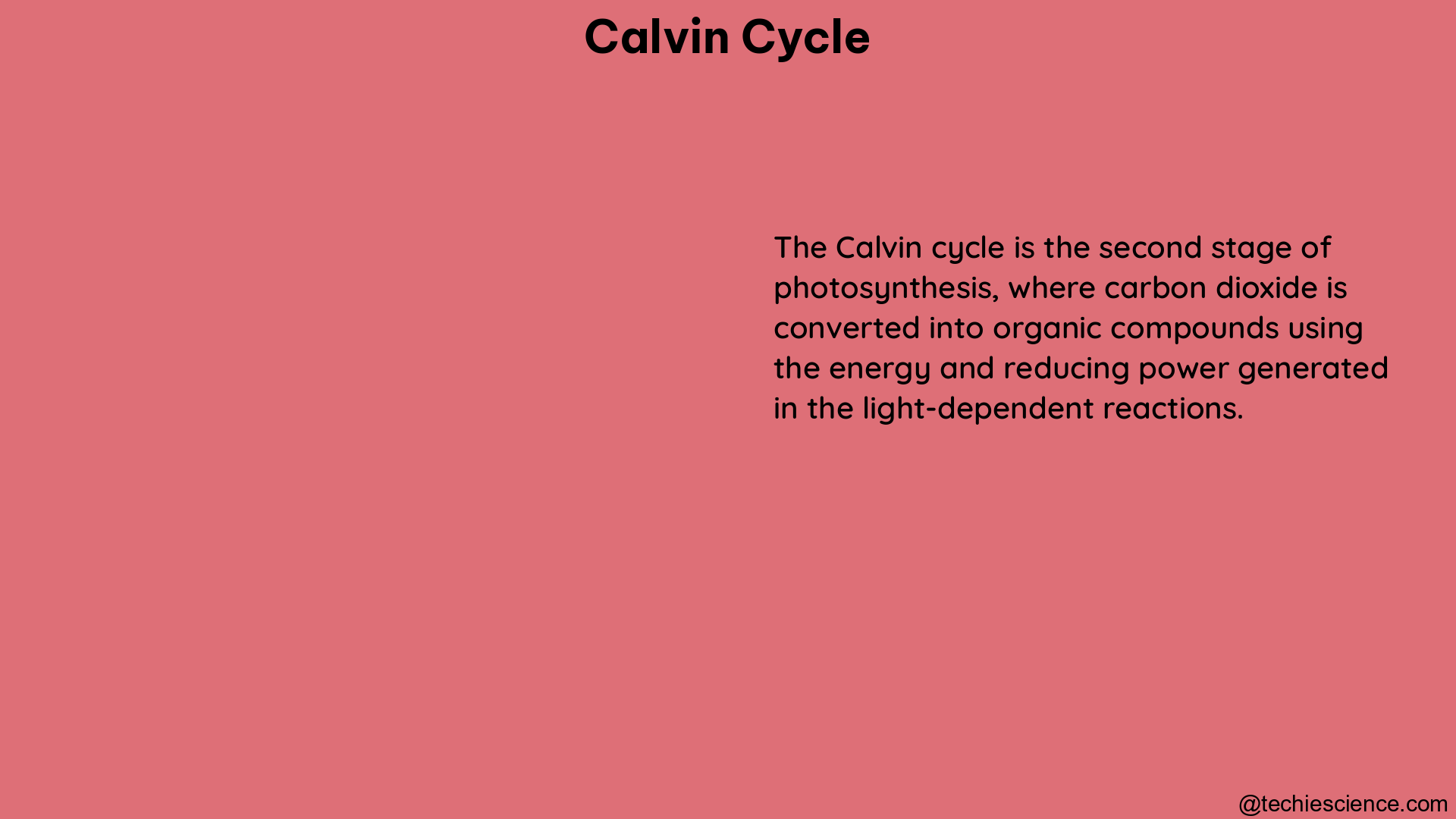Garage Door Tilt Sensor: A Comprehensive Guide for DIY Installation and Maintenance
The garage door tilt sensor is a crucial component in ensuring the safety and security of your garage door. It is an exterior sensor that detects the position of the garage door and sends a signal to the garage door opener to close or open the door. The tilt sensor is typically mounted on the … Read more


